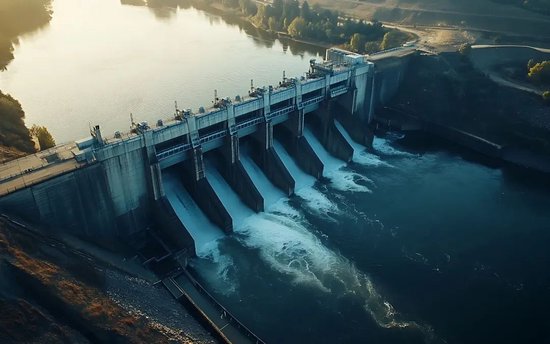
Specialize in Compression molds

Specialize in Compression molds
The construction of large-scale hydropower stations represents a monumental engineering challenge. These projects demand materials that can withstand extreme forces, constant exposure to water, and harsh environmental conditions. While traditional materials like steel and concrete have long been the backbone of these projects, the integration of advanced composite materials has introduced a new era of innovation, offering superior performance in specific applications.
With their high strength-to-weight ratio, exceptional corrosion and fatigue resistance, and remarkable design flexibility, composites are increasingly supplementing or even replacing conventional materials in critical components. This article provides a comprehensive overview of the most common composite materials used in hydropower dam construction, detailing their unique properties and key applications, from structural reinforcement to erosion protection.
GFRP, often referred to as fiberglass, is one of the most widely used composite materials in hydro-engineering due to its favorable cost-to-performance ratio. Its excellent corrosion resistance, low weight, and insulating properties make it an ideal choice for a variety of non-primary structural components and protective systems.
CFRP is a high-performance composite known for its extremely high specific strength and stiffness. Its primary application in hydropower is in the structural strengthening and repair of aging infrastructure.
AFRP, a composite made from aramid fibers like Kevlar, is valued for its extraordinary toughness and impact resistance. Its role is crucial for safety and protection, particularly in manufacturing protective panels.
UHMWPE is a unique material with a remarkably low coefficient of friction and exceptional resistance to abrasion, making it indispensable in areas of hydropower stations subjected to high-velocity, sediment-laden water.
BFRP is emerging as a strong contender in the composite market, offering properties that bridge the gap between GFRP and CFRP. Made from a widely available natural resource, basalt rock, it presents a more sustainable and often more cost-effective option.
Cavitation and abrasion are two of the most destructive forces acting on turbine components. Ceramic matrix composites and ceramic coatings provide an extremely hard and durable surface to combat this wear.

The application of composite materials in hydropower is a testament to the industry's commitment to durability, efficiency, and long-term sustainability. The strategic use of materials like GFRP for non-structural parts, CFRP for critical structural repairs, and UHMWPE for high-wear areas ensures the longevity and resilience of these massive projects.
As composite technology continues to advance and costs decrease, their role in the construction, maintenance, and operation of hydropower stations will only become more extensive. The introduction of these materials, as exemplified in projects like the Yarlung Tsangpo Hydropower Station, underscores a forward-thinking approach to building the next generation of resilient and efficient energy infrastructure.
Contact US
Email: master@zjmdc.com
Tel: +86 576 84616076
Fax: +86 576 84616079
Mobile: +86 13906573507(Mr. Wang)
Address: No.116 mochuang road, Huangyan Xinqian street,Taizhou,Zhejiang,China